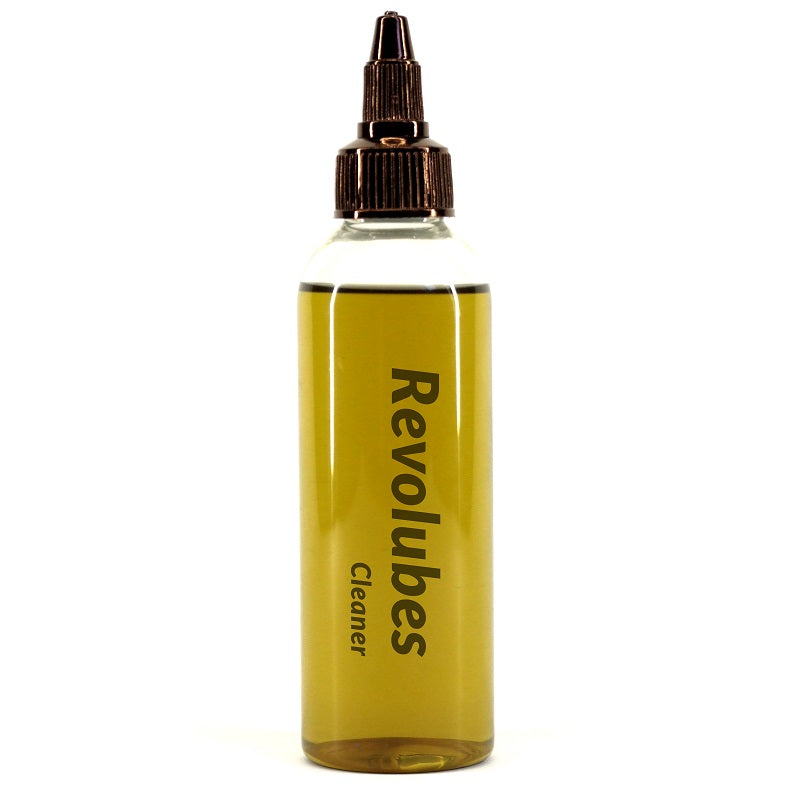What is friction and how it affects your bike chain?
Friction is the most common phenomenon in nature. We encounter it at every footstep, both in negative (e.g. resistance in moving objects) and positive ways. Similarly, in engineering, the friction processes belong to the most commonly encountered. Here also, friction can be negative (resistance in sliding or rolling motion: in bearings, guides, gearboxes and chain gears) or positive (friction coupling: in friction clutters, friction gears, brakes).
Friction processes occurring within the specific tribomechanical systems, cause energy losses and wear: both material and economical. Indeed, it is estimated that around 1/3 of world’s energy production is consumed to overcome friction resistance. Friction wear necessitates downtime to replace components, systems or whole machines; which, in many cases, far exceeds the costs of materials and labour.
Conducting research on tribological processes and practical implementation of their results are important for improving the balance sheets in terms of energy and economy.
Where does the friction come from?
Friction occurs due to the contact of bodies and depends on the following factors:
- Contact area micro-geometry (surface topography)
- Contact area macro-geometry
- Mechanical properties of the bodies (elasticity, plasticity, stiffness, etc.)
- External force (normal, tangent, load type)
- Type and speed of relative movement (as to the value and direction)
In the analysis of friction processes, the actual area of contact is essential. It depends on the shape and dimensions of the contacting surface’s micro-irregularities, load, the mechanical properties of materials, and whether elastic or plastic deformation occurs at the contact.

Types of Friction
In general, friction can be divided as follows:
- External friction – refers to the relative movement between cooperating solid bodies at the contact surface
- Solids
- Solid friction – occurs between surface layers of solids, moving relative to each other.
- Mixed friction – Simultaneously occurring liquid, boundary and solid friction.
- Solids
- Internal – applies to forced movements of molecules within a solid or fluid.
- Solids – specified by the damping properties of their materials.
- In Liquids – Friction is determined by the fluid’s viscosity.
- Liquid friction – only occurs in the liquid when it completely separates both cooperating surfaces of solids
- Boundary friction – occurs between the boundary layers of the lubricant, which has been absorbed by the surfaces of solids. These are characterized with different properties than the lubricant in its entire volume.
- Mixed friction – occurs when a lubricant does not provide a complete separation of the highest micro-irregularities on bodies’ surfaces. Simultaneous occurrence of liquid, boundary and solid friction, where the oil film has been broken.
 |
 |
 |
Machinery Run-in
An initial run-in of a machine is a crucial part in preparing its lifecycle. In this process, the cooperating surfaces of the friction nodes are being matched, both in the microscopic and macroscopic scale.
In the microscopic scale, a reduction of surfaces’ roughness occurs, due to their intensive exploitation (rot and shear).
In the macroscopic scale, the shape and position deviations are eliminated , due to manufacturing or assembly.
Both produce a significant amount of metal scrapes, which are abrasive and, left in the system, can lead to an excessive wear. This requires the purging of the lubricating system with inhibitors, filter replacement and refilling with fresh oil after the run-in process.
The run-in process, which is an intense wear of the friction coupling, does not disappear completely, but is present during the entire lifecycle. Its intensity depends largely on the operating conditions of the machine – environment contamination, humidity, working speed and load.
How does all of it affect your chain?
A bicycle or motorbike chain drive does not have an oil sump, which would provide the chain’s with constant cleaning and lubricant replacement.
Manual lubrication, which is the only method of lubrication for bicycle drive, is the least efficient way, because it certainly does not provide the most desirable liquid friction, offering only mixed friction at best.
This entails frequent cleaning and lubrication due to:
- Water or solvent washout.
- Squeezing out the lube through cyclic, heavy loads.
- Grease contamination leading to premature wear by introducing an additional abrasive.
- System run-in and post run-in processes.
Having these in mind, the best lubrication for a chain drive is achieving a durable boundary layer on the cooperating chain and sprocket surfaces where possible.
What failures can a lack of proper lubrication cause?
- Chain stretch – increasing the clearances by tearing and crushing the link holes in the inner and outer plates with the cell pins.
- Rollers and sprockets deformation – increased clearance in chain’s cell causes rollers’ loosening, what leads to repetitive misalignment during a cell engagement with sprocket’s teeth and further mutual deformation.

- Chain Snap – further increase of the clearances leads to the chain’s weakening and break up – especially dangerous at high torque and speeds.

- Due to the breaking of the lubricating coating, metal material is exposed to corrosion. Corrosion not only looks bad but, with prolonged exposure, causes the cells to cease and the chain to stiffen. This, in turn, causes additional stresses, caused by insufficient ''stacking'' of the chain on the sprocking at the time of descent which also may cause it to break.

